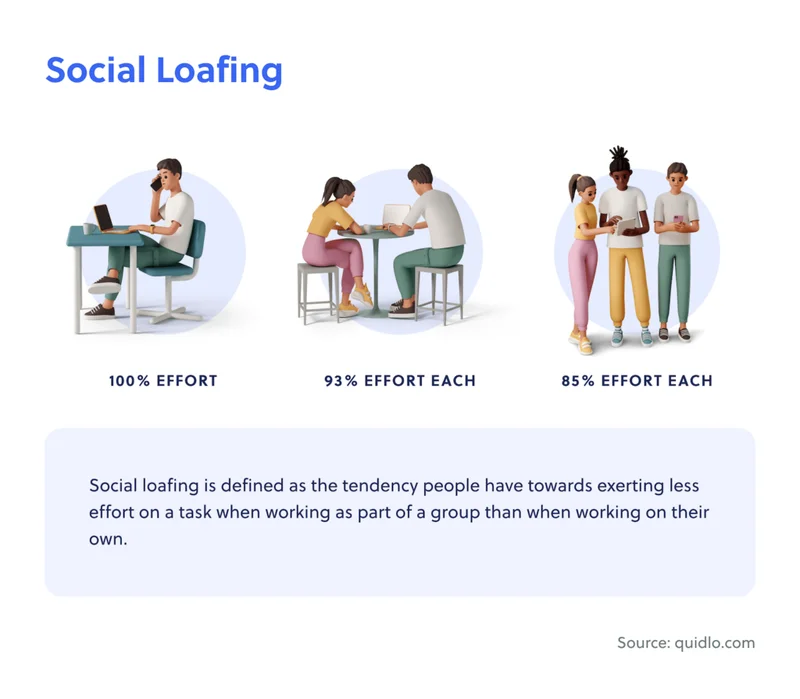Real-Time BNB Signal Analytics
Real-Time BNB Signal Analytics
Every October, millions of American retirees engage in a quiet, anxious ritual. They await a single number from the Social Security Administration (SSA)—a number that dictates their financial reality for the next twelve months. This year, after a brief delay caused by a government shutdown, the number arrived: a 2.8% cost-of-living adjustment, or COLA, for 2026. The official announcement confirmed that Social Security recipients can expect a 2.8% increase in benefit payments for 2026.
On the surface, it’s a straightforward piece of data. More money. The SSA’s press release, with its talk of a “promise kept” and reflecting “today’s economic realities,” frames it as a victory for seniors. For the average recipient, this translates to an increase of about $56 a month.
But headline numbers are rarely the full story. They are often a simplified, sanitized version of a far more complex equation. When you begin to deconstruct the inputs and outputs associated with this 2.8% figure, the narrative of a simple "raise" quickly dissolves. It's replaced by a picture of a system where a statistical gain for one government ledger is quietly offset by a loss on another, leaving many retirees treading water. The promise may be kept, but the purchasing power it’s meant to protect remains under siege.
The fundamental problem begins with the tool used for measurement. The COLA isn't an arbitrary figure; it’s tethered to the Consumer Price Index for Urban Wage Earners and Clerical Workers (CPI-W). And this is the part of the annual process that I find genuinely puzzling from an analytical standpoint. The index, by its very name, tracks the spending habits of a demographic that is, by definition, not retired.
Think about it. The basket of goods and services used to calculate the CPI-W gives significant weight to things like transportation and apparel—costs that are often lower for seniors who are no longer commuting to an office. Conversely, it underweights the two categories that disproportionately drain the budgets of retirees: housing and, most critically, healthcare. Advocacy groups like The Senior Citizens League have pointed this out for years, arguing that the 2.8% figure is a "meager increase" precisely because the underlying index doesn't accurately reflect seniors' spending. They advocate for a different index, one that better captures the true inflationary pressures on this demographic.

Is it reasonable to expect an inflation metric designed for a 40-year-old office worker to accurately protect the finances of a 75-year-old retiree? The continued reliance on the CPI-W isn't just a minor statistical discrepancy; it's a foundational mismatch that guarantees the COLA will always be a step behind the real-world costs seniors face. The result is a slow, compounding erosion of buying power, papered over by a headline percentage that looks adequate in a press release but feels insufficient at the pharmacy counter.
If the flawed calculation method is the first crack in the foundation, the second is the direct and immediate recapture of these gains by another federal program: Medicare. For the millions of seniors enrolled in both Social Security and Medicare, the two programs are financially intertwined, which is why Some Social Security Retirees Won't Receive Their 2026 COLA in Full. Are You Among Them? Medicare Part B premiums, which cover outpatient care, are deducted directly from their monthly Social Security benefits.
And here is where the 2.8% "raise" becomes an exercise in accounting sleight-of-hand. The Medicare Trustees have projected that the standard Part B premium will rise next year. While the final number is yet to be confirmed, current projections show an increase of roughly $21.50 per month, from $185 to $206.50.
Let’s run the numbers. The average retiree is set to receive an additional $56 per month from the COLA. Of that, $21.50 is immediately diverted to cover the higher Medicare premium. That consumes nearly 40% of the adjustment—to be more exact, 38.4% of the average increase—before a single dollar can be spent on groceries, gas, or housing. What was announced as a 2.8% raise is, in practical terms, closer to a 1.7% increase in disposable income for the average senior on Medicare.
This mechanism is like a company announcing a 3% salary increase for all employees, only to simultaneously raise the monthly cost of the mandatory company health plan by an amount that claws back a huge portion of that raise. You’re technically earning more, but your net financial position has barely improved. It’s a transaction that satisfies a bureaucratic requirement but fails the test of real-world impact. So, the crucial question isn't just how the COLA is calculated, but how much of it actually survives to become spendable income?
When you analyze the system as a whole, the annual COLA announcement starts to look less like a benefit increase and more like a necessary, but ultimately hollow, rebalancing of accounts. The 2.8% figure isn't a lie, but it is an illusion. It creates the appearance of progress while the underlying financial reality for many seniors remains static. The system gives with one hand and takes with the other, all while declaring its mission accomplished. The core issue is a design flaw: a cost-of-living adjustment that fails to account for the actual cost of living for its recipients, and is then immediately diminished by a mandatory, rising expense from a sister program. For millions, 2026 won't feel like a raise; it will feel like another year of running in place.